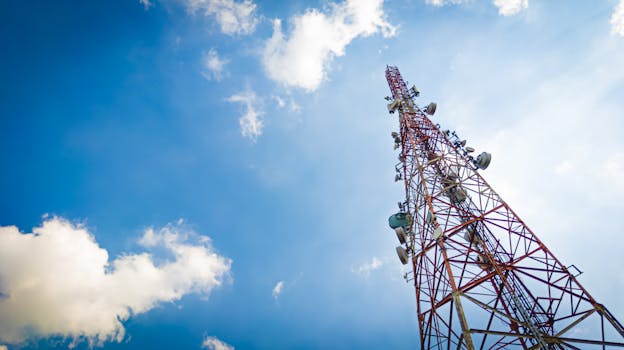
From Space to Screens: The Role of Satellite Technology in Modern Communication
Satellite Technology
Satellite technology has played a vital role in modern communication, enabling global connectivity and facilitating the exchange of information across the globe. With the launch of the first commercial communications satellite, Intelsat 1, in 1965, satellite technology has come a long way, transforming the way we communicate, access information, and navigate our daily lives. From providing internet connectivity to remote areas to enabling global navigation systems, satellite technology has become an essential part of modern communication.
Satellite technology works by transmitting signals from a satellite in orbit around the Earth to a receiver on the ground. These signals can carry a wide range of information, including voice, data, and video. Satellites can be used for a variety of purposes, including telecommunications, navigation, weather forecasting, and Earth observation. The use of satellite technology has increased significantly over the years, with thousands of satellites in orbit around the Earth, providing a wide range of services to users around the globe.
The Impact of Satellite Technology on Modern Communication
The impact of satellite technology on modern communication has been profound. Satellite technology has enabled global connectivity, facilitating the exchange of information across the globe. With the advent of satellite technology, people in remote areas can now access the internet, make phone calls, and send messages, just like people in urban areas. Satellite technology has also enabled global navigation systems, such as GPS, which has revolutionized the way we navigate our daily lives.
Satellite technology has also had a significant impact on the media and entertainment industry. With the advent of satellite television, people can now access a wide range of channels and programs from around the world. Satellite technology has also enabled the transmission of live events, such as sports and concerts, to a global audience. The use of satellite technology has also enabled the creation of new industries, such as satellite radio and satellite broadband.
The Future of Satellite Technology
The future of satellite technology is exciting and promising. With the advent of new technologies, such as 5G and the Internet of Things (IoT), the demand for satellite technology is expected to increase significantly. The use of satellite technology is expected to play a vital role in the development of smart cities, where satellite technology will be used to provide connectivity and enable the exchange of information between devices.
In addition, the use of satellite technology is expected to increase in the field of space exploration. With the advent of private space companies, such as SpaceX and Blue Origin, the use of satellite technology is expected to play a vital role in the exploration of space. The use of satellite technology will enable the transmission of data and images from space, facilitating our understanding of the universe and the exploration of new worlds.
Conclusion
In conclusion, the role of satellite technology in modern communication has been profound. From providing global connectivity to enabling the exchange of information across the globe, satellite technology has transformed the way we communicate, access information, and navigate our daily lives. As technology continues to evolve, the use of satellite technology is expected to increase, enabling new industries and applications, and facilitating our understanding of the universe. With its ability to provide connectivity and enable the exchange of information, satellite technology will continue to play a vital role in shaping the future of modern communication.

